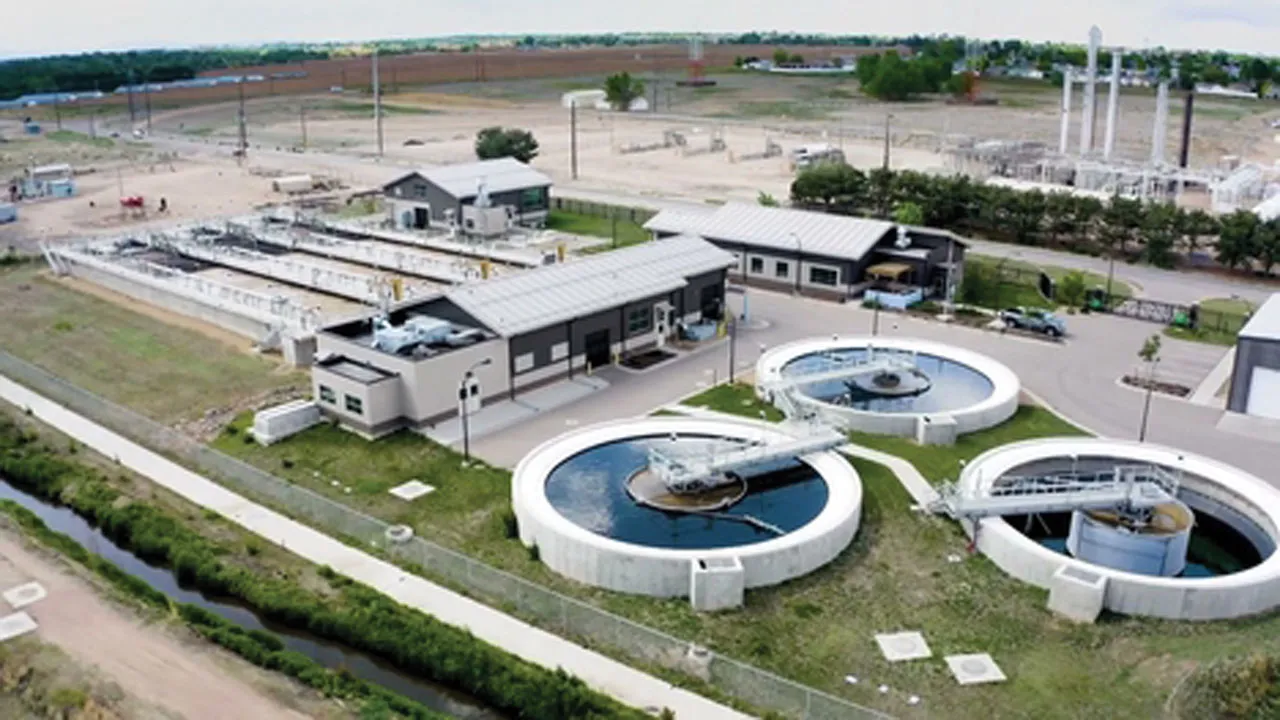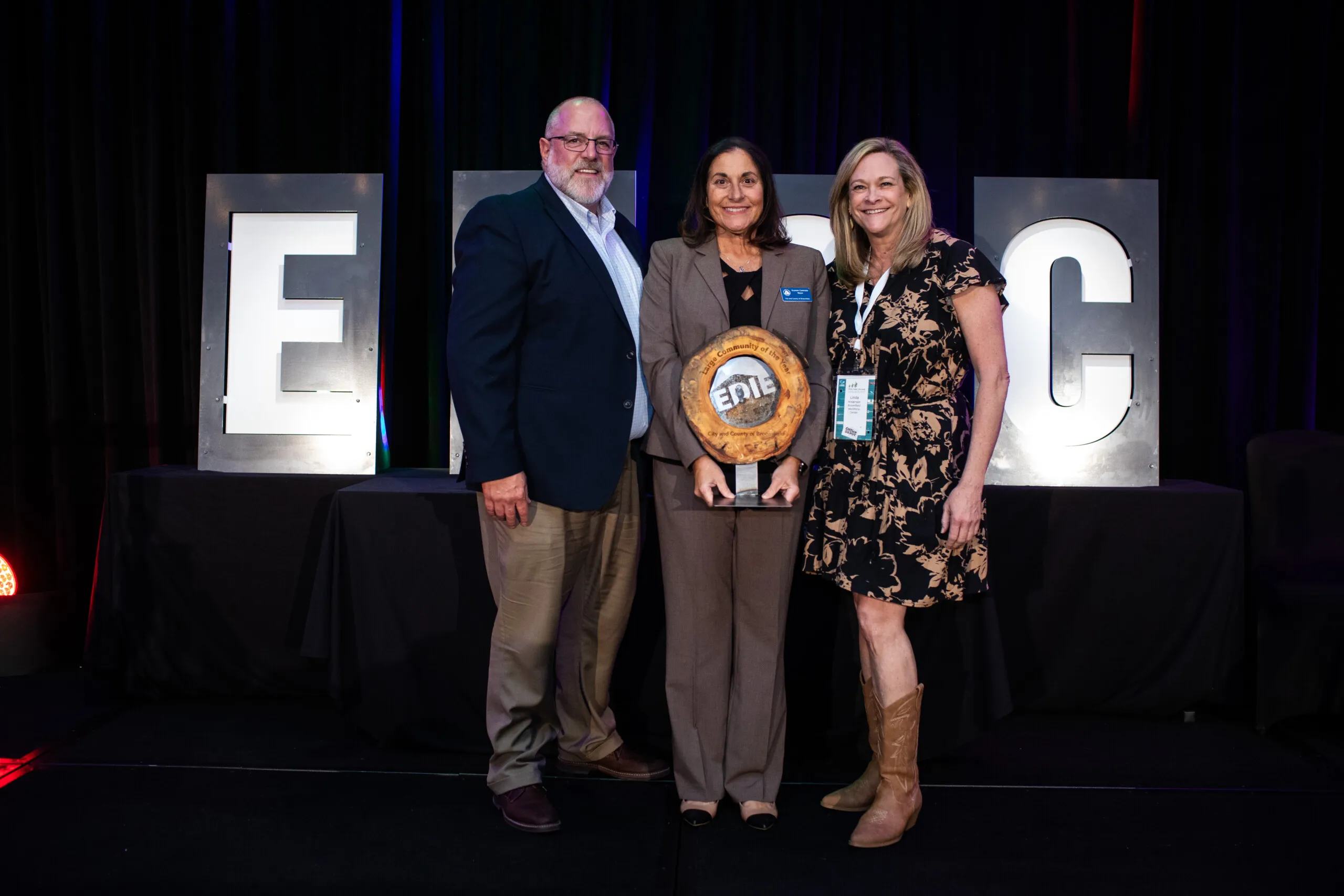Recovery threatens to widen economic inequality

FORT COLLINS — Rachael Lemke calls herself weird for enjoying working retail.
She used to work at JoAnn Fabrics, a local branch of a national fabrics chain, helping customers figure out how to finish out their projects or nail their next costumes.
But Lemke, 25, has worked just a handful of hours at the store in the past few months. She has asthma and a rheumatoid arthritis diagnosis from childhood that leave her immunocompromised and at greater risk of dying from COVID-19.
SPONSORED CONTENT
The store she’s worked at for years initially gave her a few stocking shifts at 3 a.m. so she didn’t have to interact with customers or co-workers who may be carriers and be eligible for benefits. But as of late the corporate leaders have cut off that program, placing her in a precarious position of “part-time casual” where she is still technically on the payroll but unable to have any consistent income.
“I am still technically employed, but technically unable to work because people are not handling the pandemic well in any capacity, and JoAnn’s is doing as much as it can without actually affecting its business, which is not a whole heck of a lot,” she said.
Her boyfriend Robert Landman, 27, quit his job at a local grocery store months ago to avoid the potential to unknowingly contract and give his girlfriend a disease that has the high potential to kill her. In the first few months of the pandemic, he got unemployment benefits but hasn’t gotten anything since late November as he isn’t fulfilling search requirements specifically because of Lemke’s condition.
If the third person in their polyamorous relationship didn’t have the stability working as a federal contractor from home, they’d be at severe risk of eviction and financial ruin.
Instead, they live in constant uncertainty about whether they’ll be able to stay sheltered in place until they can get vaccinated and try to contain their anger at those who have downplayed the severity of the virus or the mitigation efforts public health experts have begged others to adopt en masse.
“It’s been hard waiting for other people to make decisions that control whether or not you can go back to living a somewhat normal life,” Landman said. “And just watching how selfish some people are is not easy.”
In December, Feeding America estimated its member food banks were seeing a 60% increase in people seeking aid. And yet, both the Dow Jones Industrial Average and the S&P 500 rose to all-time highs in the waning days of a year where millions of Americans lost work and hundreds of thousands have died.
As vaccinations start rolling out with a promise to restore some semblance of normalcy to everyday life, the stark divide in economic equality across the state and the country could expand further and, over the long term, threaten the recovery from the greatest economic crisis since the Great Depression.
Analysts sound the alarm
From the outset, it was clear that the pandemic would disproportionately hurt those with the least amount of economic security.
The majority of businesses that were shut down in the spring and face ongoing capacity restrictions are those that rely on in-person activity, such as hotels, restaurants, bars and tourism destinations. Workers at those establishments are the vast majority of the state’s unemployment claimants since last March and are more likely to not have had relatively high wages or benefits prior to the pandemic.
Meanwhile, those in other sectors were able to work from home and continued to earn their wages with relatively little to no disruption.
The worries are growing deeper locally. In its December economic forecast, staffers for the Colorado Legislative Council wrote that the CARES Act in April kept economic activity from crashing through much of the year but didn’t provide that relief evenly.
“Unlike other economic recoveries of the past, the rising tide cannot lift all boats during a pandemic,” the report reads. “The ‘K-shape’ that characterizes the current recovery, where many industries have bounced back to pre-pandemic levels and others remain left behind, will continue into 2021 until one or more COVID-19 vaccines are widely distributed across the U.S. population.”
Martin Shields, an economics professor and director of the Regional Economic Development Institute at Colorado State University, said the damage to the most affected sectors will ripple through the rest of the economy as employees in those struggle to regain their spending power in the short term.
However, the long-term structural changes to how the economy works could put some of the affected employees in a longer bind. The National Restaurant Association estimated in December that 17% of all American restaurants were either temporarily or permanently closed, and major retailers such as Walmart Inc. (NYSE: WMT), Amazon Inc. (Nasdaq: AMZN) have been able to leverage their supply chains to more shoppers online and away from brick-and-mortar retail.
It’s hard to estimate just how many jobs have been permanently lost in these industries and others hard-hit by the pandemic, but just as important is whether or not other sectors can absorb that labor.
If it can’t, Shields believes income distributions will diverge further and put large numbers of the population in a position where they can’t build stable financial lives.
“That’s my greatest fear, is that this will build this big pool of people that just don’t have a lot of opportunities. That’s going to be hard on those households,” he said.
Federal support, or lack thereof
Christmas week was wracked with anxiety for Lemke, Landman and their partner.
Congress had finally agreed on a $920 billion round of economic relief tied in with the federal spending bill to keep the government open. But three days before Christmas, President Donald Trump threatened to torpedo the bill, demanding the $600 stimulus checks to most Americans rise to $2,000.
While Trump eventually acquiesced to immense political pressure and signed the bill, the prospect of losing enhanced unemployment benefits, eviction protections and a government shutdown leaving their partner furloughed left Lemke and Landman watching the news far more than they would have during the most festive part of the year.
“It shouldn’t be a thing that every night, the house has to check and see if the government passed something or agreed on the budget so that we can continue existing,” Lemke said.
Diverging recoveries, deeper divisions
Scott Wasserman, the president of the Bell Policy Center in Denver, said the divisions could grow stark due to what he calls the “Colorado paradox”: while the urban Front Range has attracted plenty of high-paying jobs in the defense, technology and finance sectors, the state’s economy is traditionally buoyed by hospitality jobs and the tourism industry.
Wasserman said the passage of policies like universal paid family and sick leave and the repeal of the Gallagher Amendment in the last election show that state residents are increasingly more willing to consider eliminating TABOR restrictions to allow the state to pursue more progressive policies, including in traditionally red areas.
However, he believes the pandemic is only exacerbating the divide between the state’s increasingly wealthy urban areas and rural regions whose dwindling tax bases are leaving it bereft of reliable tax bases.
If left unchecked, that could lead local governments to increasingly take policy matters into their own hands and break down any sense of working for the common good for all of the state’s residents.
“I do think we’re on the clock, and I do think the window is closing,” he said. “If we let this go on, 10 years from now I think Coloradans in different parts of the state will not be able to recognize each other’s community challenges.”
At the same time, Colorado is not immune to the deepening partisanship that has gripped American political culture over the past several years.
Shields said the economic divide could further erode the social fabric of the country and lead to unrest.
“I don’t mean to be a political scientist by any stretch of the imagination, but I’m just saying that if we have this growing class of people that has been economically disenfranchised, that doesn’t bode well for social stability,” he said.
A deeply uncertain future
Lemke and Landman’s incomes were already strained before the pandemic. They both lived paycheck to paycheck, both had credit card debt and neither had savings. All the two and their other partner wish to have is a place to call their own, a home where they could decorate and furnish to their liking without fear of a landlord.
Now, they believe that they can make it one or two more months before they wouldn’t be able to cover their rent. They’re holding out hope that President-elect Joe Biden may make a more aggressive effort to control the virus’ spread once he is inaugurated, and the victory for Democrats in the Georgia’s Senate runoff elections this month is generating more steam for $2,000 stimulus payments.
But that aid may be too little, too late. At this point, Landman believes the only realistic chance of that happening is if he inherits his mother’s house if she were to die.
“I don’t think the pandemic has worsened the prospects for our future at all, which is the worst part of it,” Landman said. “We’re really in no worse place than we were before, but the place we were in before wasn’t good.”
FORT COLLINS — Rachael Lemke calls herself weird for enjoying working retail.
She used to work at JoAnn Fabrics, a local branch of a national fabrics chain, helping customers figure out how to finish out their projects or nail their next costumes.
But Lemke, 25, has worked just a handful of hours at the store in the past few months. She has asthma and a rheumatoid arthritis diagnosis from childhood that leave her immunocompromised and at greater risk of dying from COVID-19.
The store she’s worked at for years initially gave her a few stocking…




